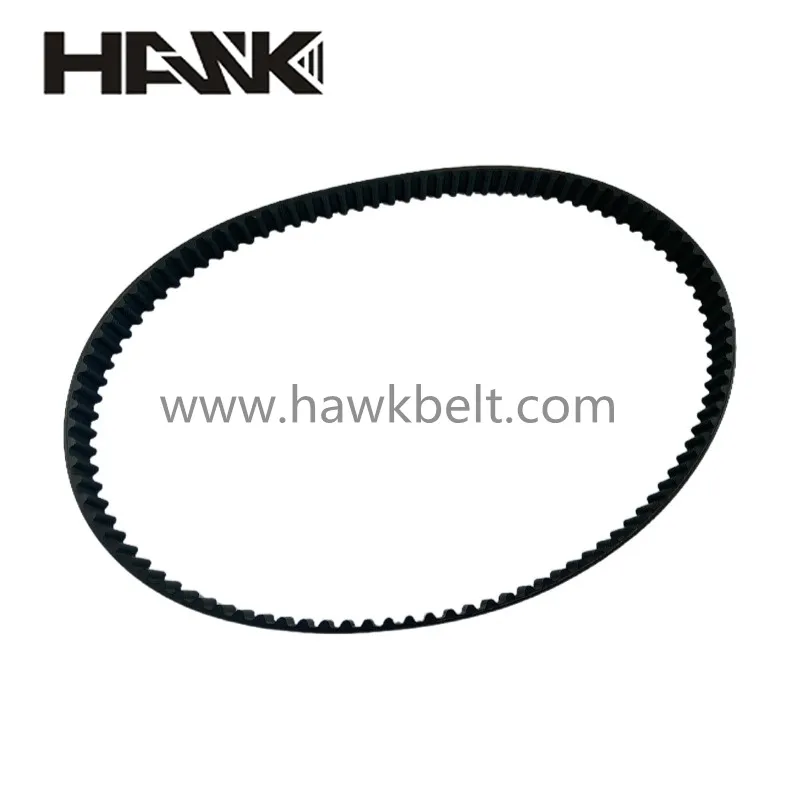- Arabic
- French
- Russian
- Spanish
- Portuguese
- Turkish
- Armenian
- English
- Albanian
- Amharic
- Azerbaijani
- Basque
- Belarusian
- Bengali
- Bosnian
- Bulgarian
- Catalan
- Cebuano
- Corsican
- Croatian
- Czech
- Danish
- Dutch
- Afrikaans
- Esperanto
- Estonian
- Finnish
- Frisian
- Galician
- Georgian
- German
- Greek
- Gujarati
- Haitian Creole
- hausa
- hawaiian
- Hebrew
- Hindi
- Miao
- Hungarian
- Icelandic
- igbo
- Indonesian
- irish
- Italian
- Japanese
- Javanese
- Kannada
- kazakh
- Khmer
- Rwandese
- Korean
- Kurdish
- Kyrgyz
- Lao
- Latin
- Latvian
- Lithuanian
- Luxembourgish
- Macedonian
- Malgashi
- Malay
- Malayalam
- Maltese
- Maori
- Marathi
- Mongolian
- Myanmar
- Nepali
- Norwegian
- Norwegian
- Occitan
- Pashto
- Persian
- Polish
- Punjabi
- Romanian
- Samoan
- Scottish Gaelic
- Serbian
- Sesotho
- Shona
- Sindhi
- Sinhala
- Slovak
- Slovenian
- Somali
- Sundanese
- Swahili
- Swedish
- Tagalog
- Tajik
- Tamil
- Tatar
- Telugu
- Thai
- Turkmen
- Ukrainian
- Urdu
- Uighur
- Uzbek
- Vietnamese
- Welsh
- Bantu
- Yiddish
- Yoruba
- Zulu
Дек . 13, 2024 02:46 Back to list
Exploring the Benefits of Using Stepper Motors with Belt Drives for Precision Control
Understanding Stepper Motors and Belts Key Components of Precision Motion Control
Stepper motors are a fundamental component in modern engineering, widely used in applications requiring precise control of movement. Unlike traditional motors that continuously rotate, stepper motors divide a full rotation into a series of steps, allowing for accurate positioning without needing feedback from sensors. This makes them particularly valuable in robotics, CNC machines, and 3D printers, where precision is critical. One essential aspect of stepper motor systems is the use of belts, which facilitate efficient power transmission and movement control.
The Mechanics of Stepper Motors
To grasp the importance of belts in stepper motor systems, it is crucial first to understand how these motors operate. A stepper motor consists of multiple coils organized in phases. When electrical currents flow through these coils sequentially, they create magnetic fields that pull on the rotor—a component magnetized to respond to these fields. Each sequence of the current flow corresponds to a specific movement, or “step”, of the rotor. By controlling the sequence and frequency of the current supplied, precise control over rotation speed and position can be achieved.
There are several types of stepper motors, including permanent magnet (PM), variable reluctance (VR), and hybrid stepper motors. Each type has unique characteristics, making them suitable for different applications. For instance, hybrid stepper motors combine features of both PM and VR stepper motors, offering better torque and accuracy. Regardless of the type, the interfacing of stepper motors with other mechanical systems often necessitates the use of belts.
The Role of Belts in Motion Control
Belts are integral to translating the rotation of the stepper motor into linear or rotary motion in connected components. The most common types of belts used in conjunction with stepper motors are timing belts and synchronous belts. These belts feature evenly spaced teeth that mesh with corresponding grooves on the pulleys, ensuring precise movement without slipping.
stepper motor belt

Timing belts provide several advantages. First, they allow for silent operation, which is crucial in environments where noise can be disruptive. Secondly, their design minimizes backlash— the slight delay that occurs when the direction of the motion is reversed—making them ideal for applications requiring high repeatability. Additionally, timing belts come in various sizes and materials, enabling customization based on the specific load and speed requirements of the application.
Applications of Stepper Motor and Belt Systems
The combination of stepper motors and belts is prevalent in numerous applications. In 3D printing, for example, the precise control over the extrusion and movement of the print head is facilitated by stepper motors connected to belts. This ensures that the layers of the print are built up accurately, resulting in high-quality models.
In CNC machinery, stepper motors drive the tools along designated paths with high precision, thanks to the reliability of the belt system. This capability is crucial for tasks involving detailed cuts and intricate designs. Robotics also benefits from this combination; robotic arms equipped with stepper motors and belts can perform tasks that require a high degree of finesse, from assembling delicate components to executing complex movements.
Conclusion
In summary, stepper motors and belt systems play a pivotal role in motion control applications, providing unmatched precision and reliability. As technology advances, the integration of these components is expected to enhance the capabilities of various automated systems, driving innovations across numerous industries. Understanding how stepper motors work and the critical function of belts can help engineers and hobbyists alike optimize their designs for improved performance and efficiency. As we continue to explore new applications for these technologies, their importance in our technological landscape will only continue to grow.
-
Korean Auto Parts Timing Belt 24312-37500 For Hyundai/Kia
NewsMar.07,2025
-
7PK2300 90916-T2024 RIBBED BELT POLY V BELT PK BELT
NewsMar.07,2025
-
Chinese Auto Belt Factory 310-2M-22 For BMW/Mercedes-Benz
NewsMar.07,2025
-
Chinese Auto Belt Factory 310-2M-22 For BMW/Mercedes-Benz
NewsMar.07,2025
-
90916-02660 PK Belt 6PK1680 For Toyota
NewsMar.07,2025
-
drive belt serpentine belt
NewsMar.07,2025

